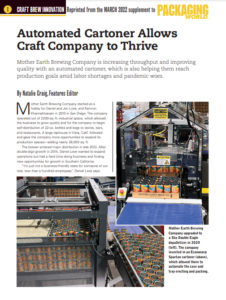It’s a startling statistic, but only six percent of new product launches still remain on the shelf after two years. That’s after spending at least $1 million dollars and roughly two years developing the product. The world of retail can be harsh, to say the least, and a product’s packaging can be the ultimate factor that determines success or failure.
It is for this reason that so much time, money, and energy has gone into studies that utilize hard science to determine exactly which elements of packaging most appeal to consumers. If packaging experts can get into the brain of the buyers, they can design packaging that is more likely to beat out the competition and earn more sales.
But according to Sara Shumpert, director of The Packaging School, people can rarely identify exactly why they are attracted to something or what triggers their purchasing decisions. This makes research using focus groups within target markets ineffective. The newest alternative to study customer behavior is now biometric research.
About Biometric Research
Biometrics have been utilized for many years, especially in fingerprint and eye scanners. They are the automated methods of recognizing a human using his physiological or behavioral characteristics. So how on earth can biometrics play a role in packaging decisions? Scientists are using biometric research like eye-tracking and facial expressions to uncover how consumers respond to product packaging, even if the consumers don’t know it themselves.
Biometrics work like a calculator to provide important and valuable data about human activity. Eye-tracking is an especially popular realm of biometrics because it can be used to gather quantitative data regarding the effectiveness of packaging in a controlled environment.
Overall, biometrics is leading the way for focused scientific methods that will help packaging designers and manufacturers draw more consumer attention and drive profits up.


